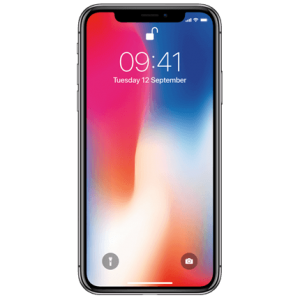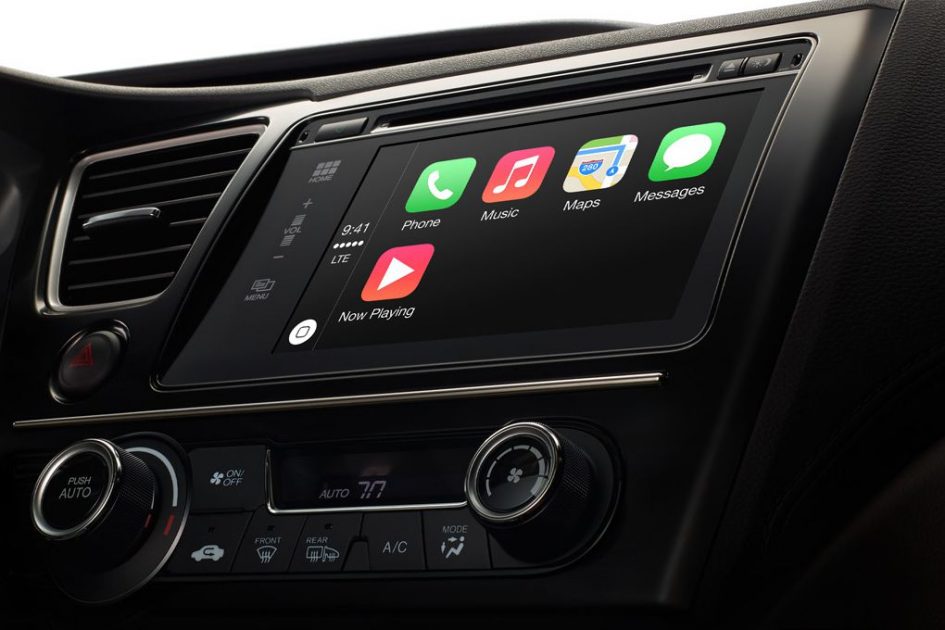As traffic gets ever slower, the case gets ever stronger for decent entertainment within your vehicle. Back at the dawn of time, you could have much fun attempting to enjoy music with an on-board record player or four track tape player. Thankfully, things moved on and there was a rich era of the standard DIN slot, placed somewhere in the vehicle’s cabin, that was usually filled by the manufacturer with a fairly basic “stereo”. This would mean a device able to receive MW & FM radio with four or so pre-set buttons and a cassette player specifically designed to chew any cassette tape within a half metre radius.
Alarmingly, there is conceivably a large number of viewers who have no clue what a cassette tape is. For our younger viewers, a cassette tape is a thin plastic box containing two reels of magnetic tape that needed to be spooled from end to end past a “tape head” that would reproduce the warblings of whoever was presented on the inlay card.
One of the joys of car ownership was that keen audio fans could peruse glossy catalogues produced by the array of third party car stereo manufacturers and then upgrade the head unit to suit their particular tastes. Most electronics manufacturers had dipped at least a toe in the car audio pool and some went for it in a big way. There was a myriad of choice from the electronics giants of Pioneer, Sony, Kenwood, and Alpine.
That standard DIN slot provided such choice for making a statement about your car that it’s rather a shame that there is such a trend for bespoke car stereo installations by the car manufacturers. Displays started to be separated from the head unit and would present the date, time and radio station information in a boring four-inch monochrome screen. Whilst there is still an industry dedicated to customising the on-board hifi of your vehicle, it is rarely possible to just pop out the head unit from a recently manufactured car and drop in an upgraded unit in the course of an afternoon.
Car manufacturers have tried to woo us with ever more sophisticated “infotainment” systems, but they are often ergonomic nightmares with a tortuous user interface. Audi MMI and BMW iDrive – I’m looking at you both. As our media hub is drifting towards our smartphone, the variety of differing Bluetooth “profiles” have hardly helped the matter. Some cars pair to your phone as though they are headphones, whilst others use the ‘Car’ profile. This means that something as simple as streaming music and handling a phone call can vary enormously from car to car. What should be a simple, and necessary, feature still manages to fox a large quantity of the driving public and they simply give up. It is not uncommon to see drivers of new vehicles, that may cost more than a year’s salary and undoubtedly have the ability to allow hands-free operation, still cruising down the high street with phones jammed against their ears. This may be down to the driver’s flagrant disregard for road safety and the Highway Code, but if it were unavoidably easy to connect your phone to the car, there would be no excuse for non-compliance.
 Fortunately, salvation is at hand in the form of Apple and Google. Leaving aside one’s political feelings about Apple’s track record of paying their taxes and Google not “being evil’, they do know how to make a decent user experience. It is now feasible to plug your smartphone of whichever flavour into the USB socket of some cars and they magically extend the phone’s services onto the car’s entertainment display. Of course, there are some caveats to this: you have to have a reasonably recent device for it to be recognised by the car, but assuming that most smartphone owners are now running a device within its last three or so generations, you may find access to Apple’s CarPlay or Google’s Android Auto.
Fortunately, salvation is at hand in the form of Apple and Google. Leaving aside one’s political feelings about Apple’s track record of paying their taxes and Google not “being evil’, they do know how to make a decent user experience. It is now feasible to plug your smartphone of whichever flavour into the USB socket of some cars and they magically extend the phone’s services onto the car’s entertainment display. Of course, there are some caveats to this: you have to have a reasonably recent device for it to be recognised by the car, but assuming that most smartphone owners are now running a device within its last three or so generations, you may find access to Apple’s CarPlay or Google’s Android Auto.
The advantages of this approach are manifold. Car manufacturers typically produce a model of car and that is the same for evermore. Recent history has shown us that updates for a satellite navigation system are infrequent and minimal. A CD-ROM would be available for purchase – often at an extraordinary price – and this would merely elicit a larger postcode database, rather than any major feature updates or wholesale changes to the interface. To a point this is fine, but the pace of change in the technology world is considerable and to ignore this would be tantamount to commercial suicide. Elon Musk’s Tesla business is able to send “over-the-air” updates to the fleet of Tesla Model S and X cars to fix and improve the main display system and even change the actual performance of the car at large.
For the remaining car manufacturers that have been smart enough to adopt the Apple/Google car platforms, the weight of update processes, infrastructure costs and support have been removed from their shoulders and control has been placed in the hands of the car owner. They can now choose which interface they prefer with the changing of their smartphone and regular software updates allow for glitches to be ironed out and new features made available without any input from a local car dealership. As application developers cotton on to the expanding audience of motorists, they release new versions of their software to present a car-friendly version of their interface. Notably, recent software updates have allowed Spotify, Audible, Amazon Music, Mixcloud app icons to appear on the car touchscreen. The most recent addition to the family is a friendly pink icon for BBC iPlayer Radio. This allows you to browse the range of BBC digital radio stations with much greater ease than any attempt to find a station in the DAB muxes.
These systems, however, are by no means perfect. Some apps will not open from the Apple CarPlay touchscreen until the iPhone is unlocked. This is awkward as it requires the driver to interact with the iPhone by opening it and thus possibly exposing the driver to the risk of prosecution, since using a phone whilst driving is forbidden. Some forward planning is also required in the use of BBC iPlayer radio on Apple CarPlay. Whilst you can browse and select radio stations, the vast back catalogue of radio media is not available through the main screen interface. You are obliged to open the app on the iPhone and store programmes under My Radio. Once there, you can browse and select. Similarly, the Spotify interface is frustratingly limited (they seem to forever be determined to drive you back to their own app) but hope springs eternal that this will improve. Operating system updates and upgrades of the smartphone tend to present new delights to the technophile when he or she next settles into the car.
Of course, I haven’t even mentioned the main bonus for having smartphone integration: voice control. Again, car manufacturers did their best to introduce a voice assistant but the net effect was nothing but huge frustration for the user and endless comedic YouTube videos demonstrating just how bad the systems really were. Interface difficulties are minimised if you can remember the correct syntax for any chosen request. Ask the right way and you can verbally texts, make phone calls, play music and even set appointments in your calendar. This is undoubtedly the best way to circumvent any button pushing issues and the voice assistants improve function and performance with each iteration. If it were left to the car makers, we’d still be accidentally dialling the emergency services instead of the actual request to listen to tracks by The Police.

Recent Comments